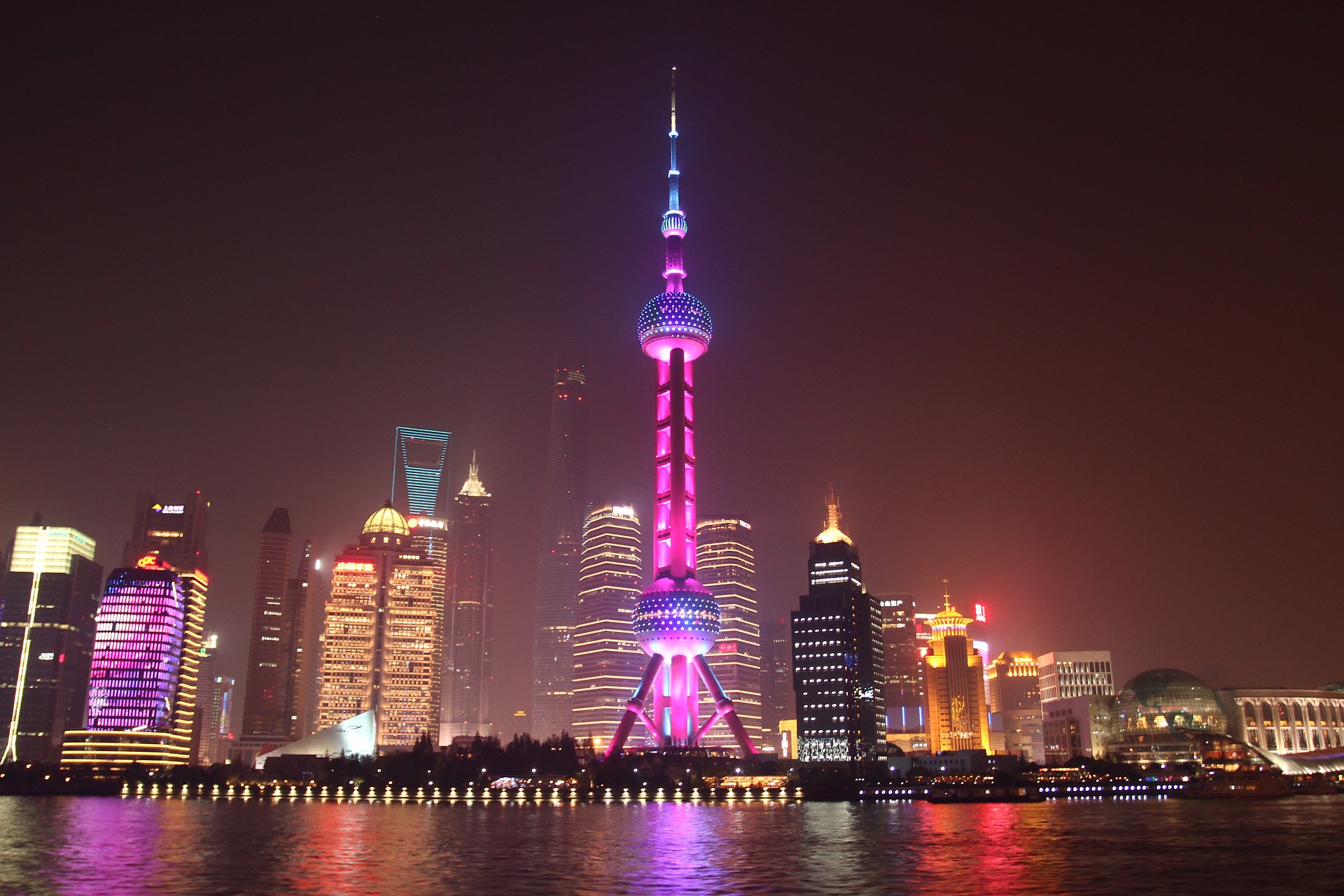
Summarizing major achievements in the last five years, Premier Li Keqiang listed six points in his working report at the 13th NPC. He put innovation-driven development high above progress on reform and opening-up, living standards, and the environment. He addressed targets like China 2025 and Digital China. This is a big change from his 12th NPC government work report, in which he made urbanization the national development priority.
It is true that urbanization played a major role in bringing about the Chinese economic miracle during the past four decades. However, such urbanization has significantly slowed since the last NPC when the Chinese labor population began to shrink for the first time in history. Urbanization is both labor- and capital-intensive and there is a shortage in these two economic variables. Therefore finding new drivers for making new miracles is now the most important task for top Chinese policy makers.
This time Li Keqiang highlighted five emerging industries: integrated circuits, 5G internet, new energy cars, aircraft engines, and new materials as the new drivers to bring the national economy into the new era. The average annual development rate over the past five years has been 11.7%, whilst the GDP growth rate over the same period was only 7.1%. As a matter of fact, the new drivers have been expanding, integrating into other industries and accelerating at such a pace that it is even difficult to define it. We may call it “the new economy.” Now that its 2017 development rate has already doubled to 25%, it is believed that it would comprise half of Chinese GDP before the 14th NPC five years later.
Is the new economy just internet and internet+ industries? Definitely not. It also includes new forms of energy, new materials, big data, fin-tech, blockchain, AI, and so on. It is based on sharing, information, and innovation. With these features we can then separate the new economy from the traditional economy. Because of such superb features it can quickly increase individual welfare and boost the national economy. Its potential power is second to none in today’s world.
Realizing the new economy will not be easy. It requires good education, funding, and international cooperation and competition. The current Chinese education system is not a hotbed of innovation. Both teachers and textbooks should be updated to encourage creativity. Changes should be made in primary and middle schools, encouraging pupils to use computers and the internet.
Technological colleges should teach key skills and universities should be strongholds of innovation. As to how to fund innovation, government and the private sector should be involved in R&D. Although startups usually find it hard to apply for bank loans, the capital market can always give the green light for “unicorn” companies to be listed on the stock markets. Last but not least, the success of high tech industries cannot be realized behind closed doors. China must seek cooperation with the US, Europe, Japan, and Israel. More often than not, competition is the mother of success. China should open its doors and take a part in the technology race with other advanced countries.
Up to now innovation seems to provide a solution to every problem and the new sharing economy seems to light up every corner of the world, leading human beings to an equal, affluent, and brilliant future. However, there are totally different outcomes. Commenting on US President Donald Trump’s State of the Union address, John Allen, the new president of Brookings Institute said:
“On a larger scale, AI and the related technologies it will generate will have the capacity to not only drastically augment any nation-state’s core economic and security capabilities, but rapidly redistribute the division of power in the world. Woe be unto any nation that falls behind in this race. For the moment, the United States is the center of gravity for AI innovation and application, but I fear without the unqualified and unambiguous support of this “America First” president and his administration, we will cede the field to other competitors, chief among them China”.
Apparently Allen’s race is like a life and death struggle between the US and China. And US being the “center of gravity for AI innovation” does not like to share its technical superiority with others. In one country’s hands innovation may be a deadly sword but in another’s it is a plough with which to build a better world. China’s aim in the new economy is to better the well-being of people in China and around the world. This is a fundamental difference between China and the US.



